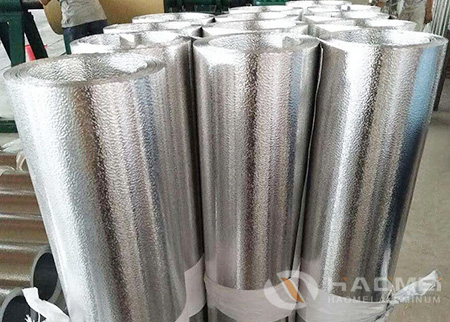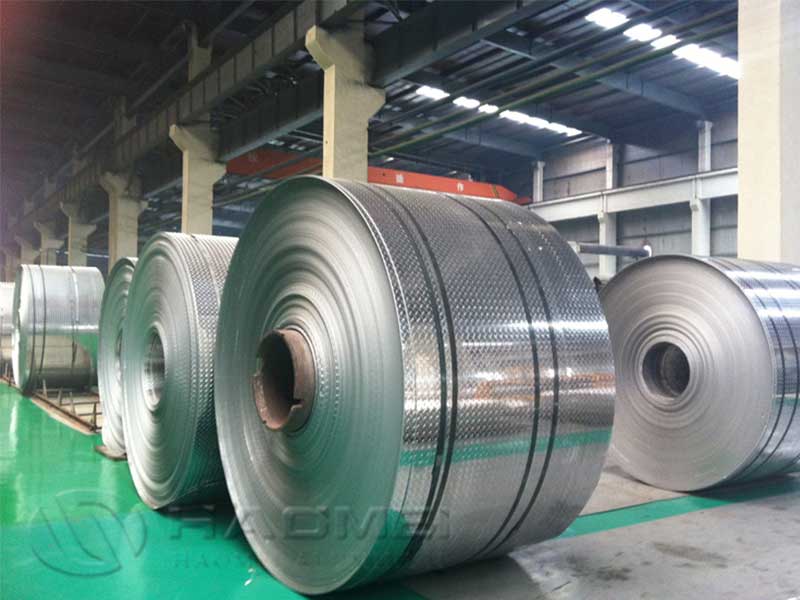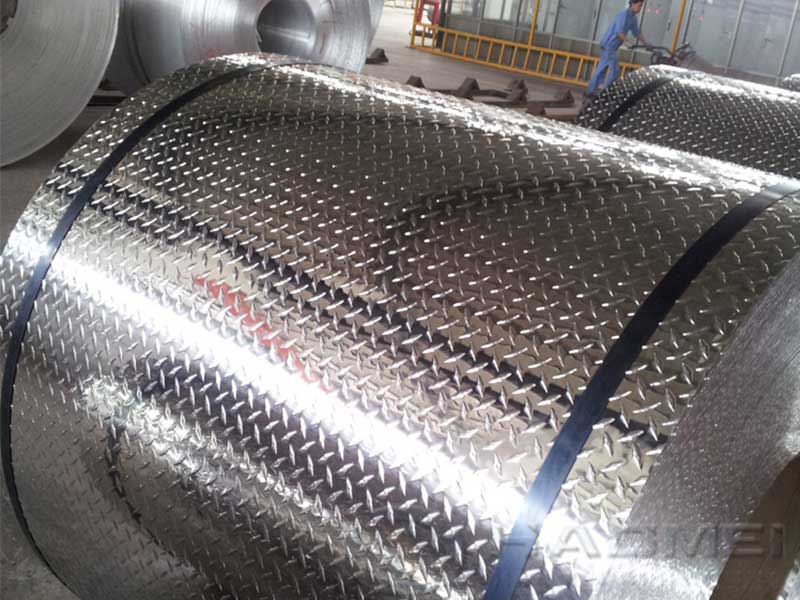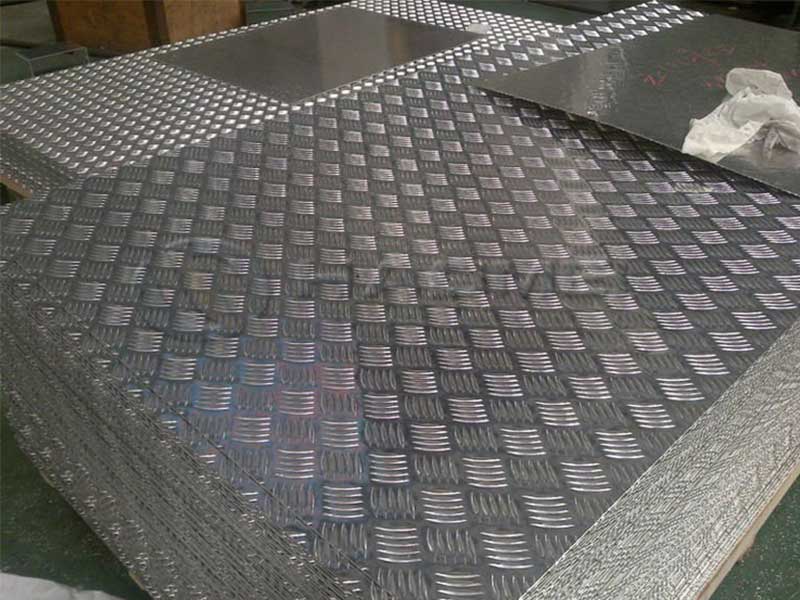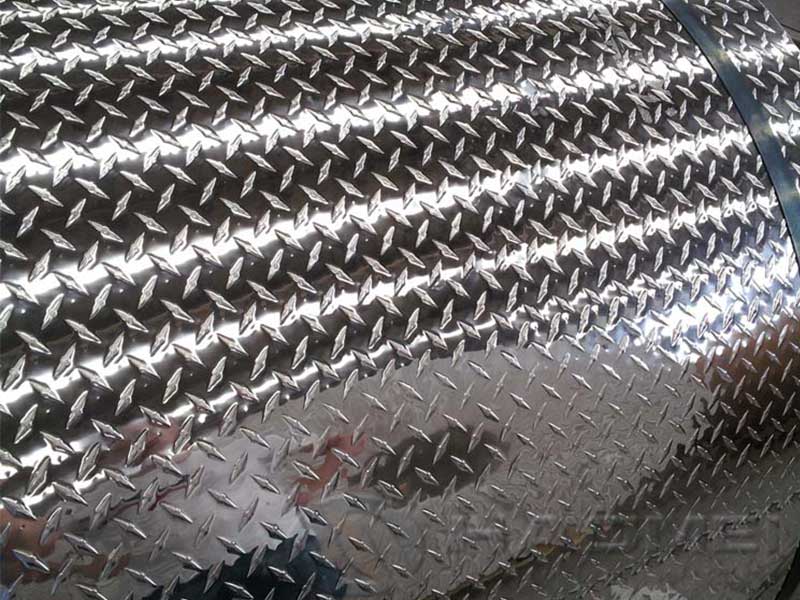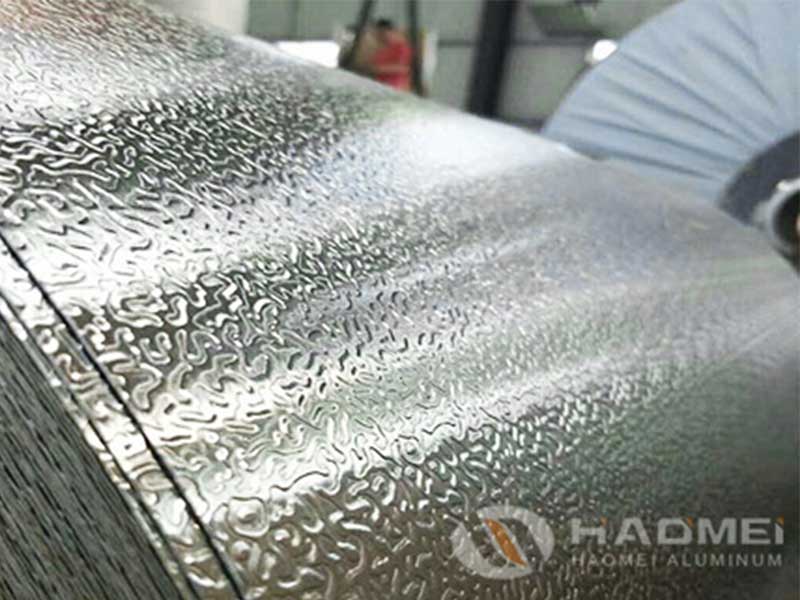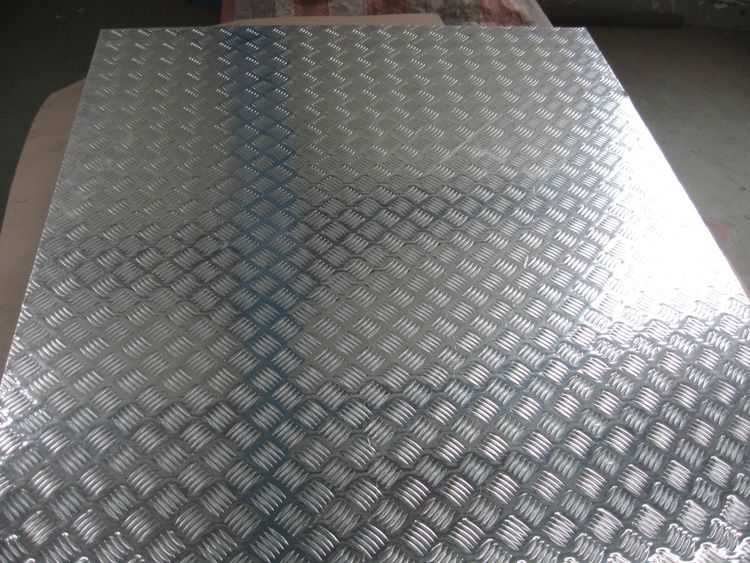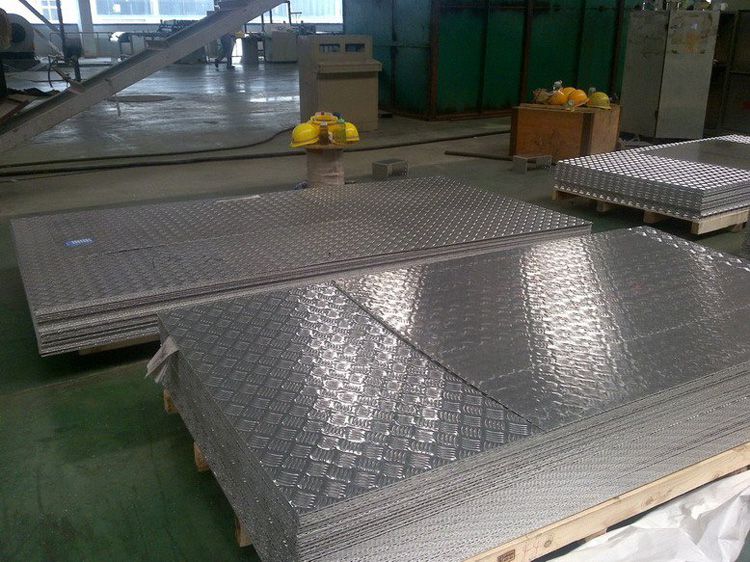When it comes to versatile and high-performance metal flooring and clad materials, Aluminum Checkered Plate—often known as Aluminum Tread Plate—stands out as an engineering marvel. Beyond its visibly striking textured surface, this plate reflects decades of advancements in alloy metallurgy, thermal tempering processes, and manufacturing precision, all culminating in a product that meets rigorous industrial standards.
In this detailed overview, we’ll unpack Aluminum Checkered Plate from a unique technical perspective, shedding light on crucial engineering parameters, implementation standards, temper conditions, and the chemical composition that drive its superior performance.
What Makes Aluminum Checkered Plate Special? A Look at the Technical Construction
Aluminum Checkered Plate derives its advantages from both material science and mechanical design. What differentiates it is the patterned raised surface—also called a meandering “diamond” or “milled” texture—that provides enhanced anti-slip properties and excellent wear resistance without significantly increasing weight.
Material Composition: Typically manufactured from Aluminum Alloy 3003, 5052, or even 6061 grades, the chemical makeup is carefully regulated to balance strength, corrosion resistance, and weight.
Temper Conditions: Temper designations such as H112 offer the required hardness and ductility optimum for industrial applications, while H22 or H24 tempers optimize strength without sacrificing formability.
Performance Parameters include thickness ranging commonly from 1.5mm to 6mm, tensile strength within 138–275 MPa depending on temper and alloy, and hardness values reaching up to 95 HB.
Technical Parameters and Standards
Aluminum Checkered Plate adheres to a number of international quality specifications and standards, ensuring reliable performance in heavy-duty settings ranging from structural flooring, walls, car minerals, ramps, to steps and machines platforms.
| Parameter | Typical Range | Specification Standard |
|---|---|---|
| Thickness | 1.5 mm – 6 mm | ASTM B209 / EN 485-2 |
| Width | Up to 1500 mm | Customizable |
| Length | Up to 6000 mm | Custom-cut according to needs |
| Alloy Grade | 3003, 5052, 6061 | ASTM B209 & JIS H4000 |
| Temper | H22 / H24 / H112 | ASTM B221, AMS QQ-A-250/4 |
| Tensile Strength | 138 – 275 MPa | ASTM E8/E8M |
| Hardness (Brinell) | 60 – 95 HB | ASTM E10 |
Chemical Properties and Material Selection
Focusing on the commonly used Aluminum Alloy 5052 for checkered plates, here is a distilled chemical composition table highlighting the essential elements and ranges standardized for performance and corrosion resistance:
| Element | Typical Composition (%) |
|---|---|
| Aluminum (Al) | Balance (~97.25 – 98.2) |
| Magnesium (Mg) | 2.2 – 2.8 |
| Chromium (Cr) | 0.15 – 0.35 |
| Manganese (Mn) | Up to 0.1 |
| Silicon (Si) | Up to 0.25 |
| Iron (Fe) | Up to 0.4 |
| Copper (Cu) | Up to 0.1 |
| Zinc (Zn) | Up to 0.1 |
This alloy’s chemistry, particularly high magnesium content, bestows excellent corrosion resistance, especially in marine or harsh outdoor environments. It also allows for excellent weldability alongside solid mechanical characteristics.
The Chemistry of Tempering: Optimizing Mechanical Behavior
The temper of aluminum significantly impacts the mechanical properties and usability of checkered plates. For example:
- H22 Temper involves strain hardening and partial annealing; it achieves an ideal compromise of strength (~215 MPa ultimate tensile strength) and reasonable formability. Applied dimensions remain stable, which is critical in framing applications.
- H24 Temper is a quarter-hard temper suitable for applications demanding higher hardness (~255 MPa UTS) and surface wear resistance while retaining anti-corrosion capacity.
- H112 Temper results from controlled cooling from a hot rolling process conceding maximum strength without post heat-treatment. Often applied in higher gauge tread plates needed in automotive parts and heavy machinery.
Implementation and Application Standards
Manufacturers generally comply with standards such as:
- ASTM B209 for aluminum and aluminum-alloy sheet and plate.
- EN 485-2 covering European alloy and temper ranges specifications.
- ISO 6362 standards for aluminum rolling products that cover mechanical testing modalities.
- These standards certify not only the material hardness and physical dimension checks but include certifications on surface flatness, pattern depth (typically 0.2 to 1.0 mm pattern height), and anti-slip thresholds important for safety compliances.


